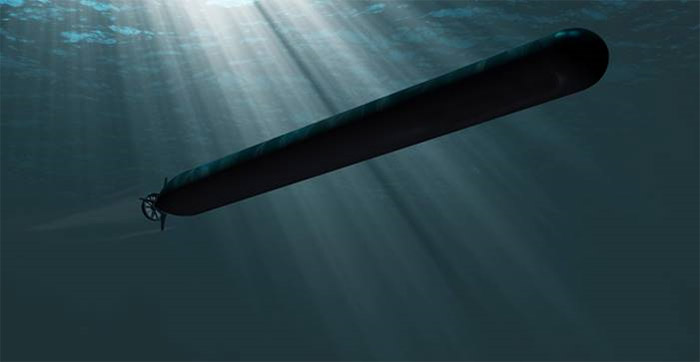Lockheed goes XL with unmanned Orca sub for US Navy
The US Navy has awarded Lockheed Martin a $43m contract to develop a giant unmanned subsea vehicle called Orca.

Officially referred to as the Extra Large Unmanned Undersea Vehicle (XLUUV), Orca will have long-range autonomous capabilities. Whereas the current crop of unmanned subs are generally deployed from a mothership at the surface, Orca will be able to travel independently to its theatre of operation and return to base once its mission is complete. How exactly the XLUUV will be powered remains to be seen however, as details of propulsion have yet to be released at this stage.
According to Lockheed, a reconfigurable payload bay will give Orca capability across a variety of missions, including intelligence, surveillance, and reconnaissance; mine countermeasures; indication and warning notification. The subsea drone will also serve as an anti-submarine warfare (ASW) training platform.
Though it will not be supported by a mothership, Orca will still have the ability to periodically establish communications and give mission updates. Critically, unlike other unmanned subs, Orca will not require military personnel on the front line to facilitate its operation.
Register now to continue reading
Thanks for visiting The Engineer. You’ve now reached your monthly limit of news stories. Register for free to unlock unlimited access to all of our news coverage, as well as premium content including opinion, in-depth features and special reports.
Benefits of registering
-
In-depth insights and coverage of key emerging trends
-
Unrestricted access to special reports throughout the year
-
Daily technology news delivered straight to your inbox










Water Sector Talent Exodus Could Cripple The Sector
Maybe if things are essential for the running of a country and we want to pay a fair price we should be running these utilities on a not for profit...